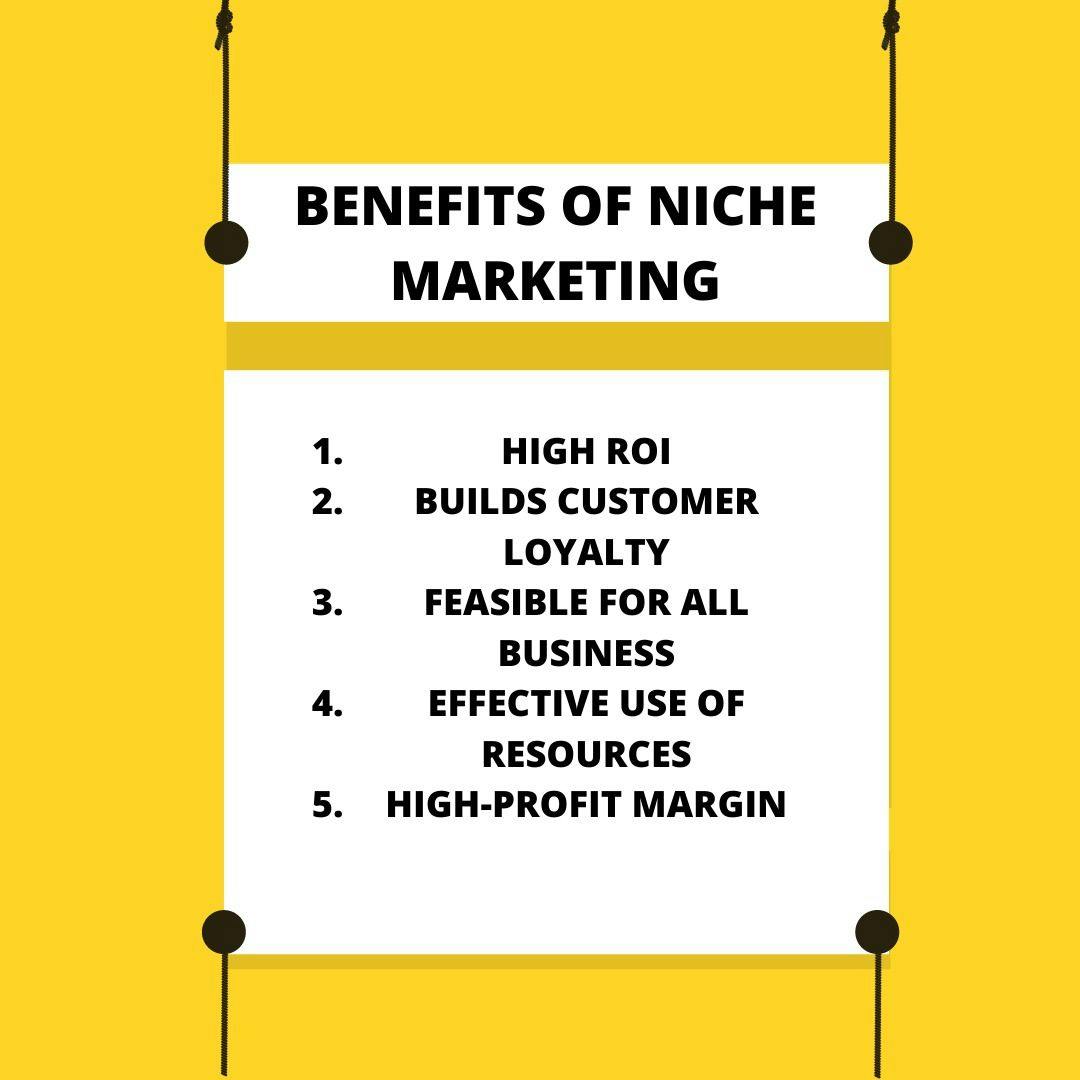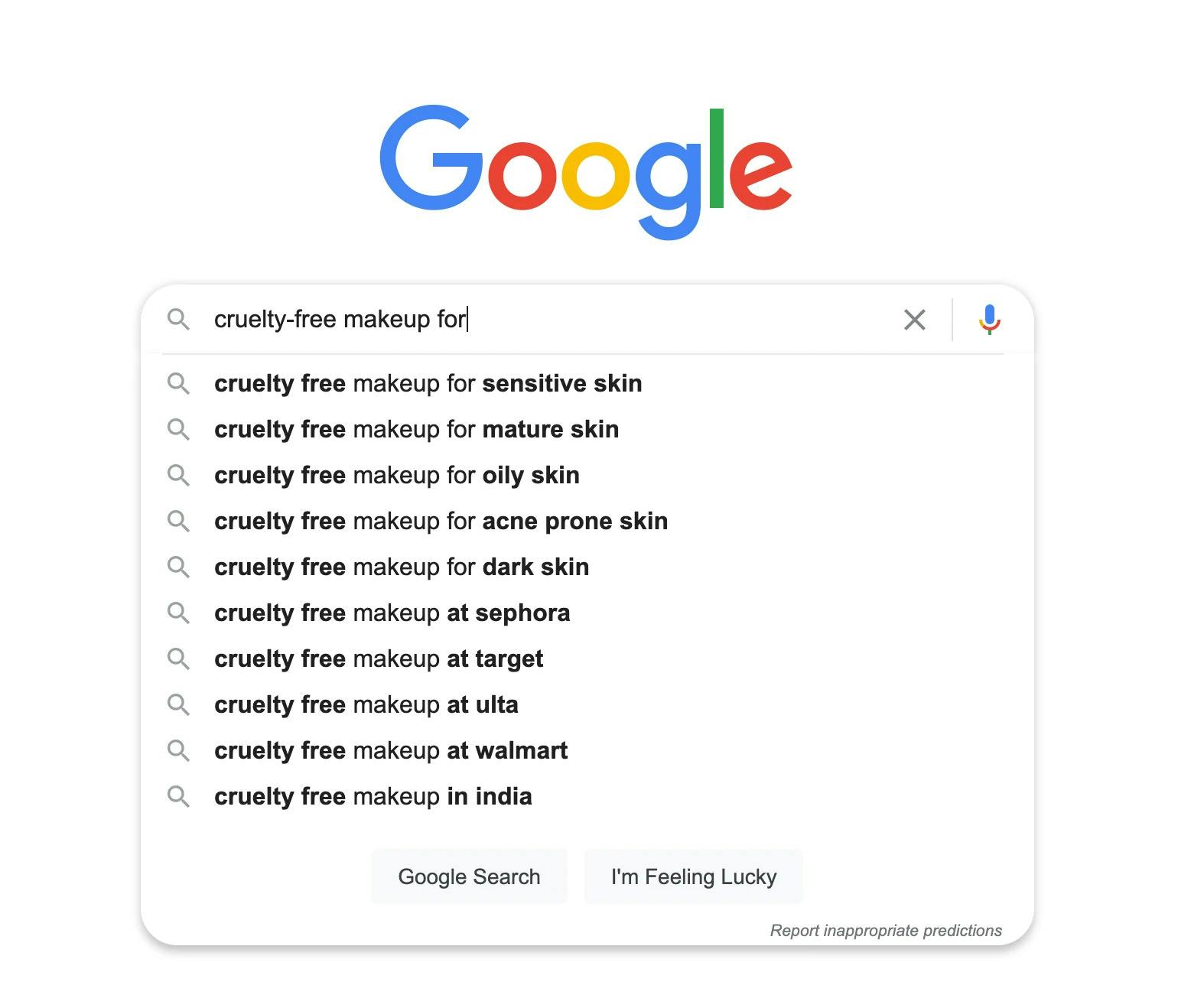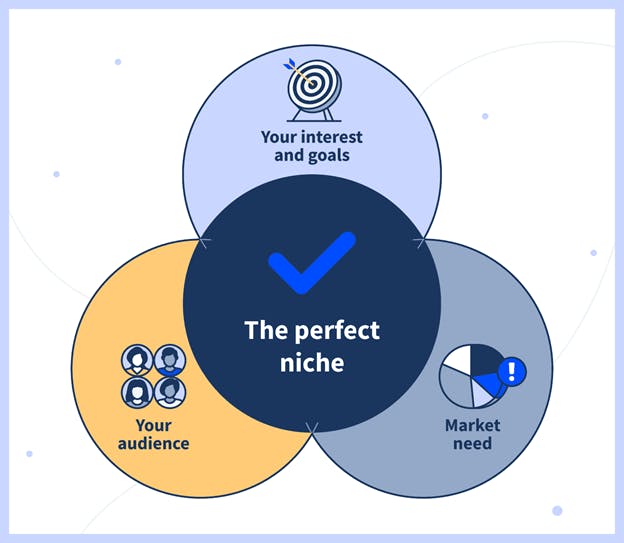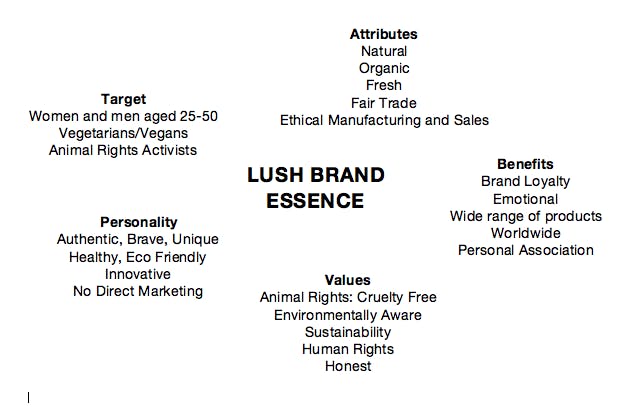Niche market: definition, strategies and examples
Nov 30th, 2022

Some businesses can need help attracting customers since they cannot satisfy their requirements and appeal to the tastes of a large number of people. The solution to the problem is quite simple. Instead of being a generalist and focusing on a broad audience, companies can choose a specific niche and concentrate on the needs of a particular market segment. The key is finding a specialized market with a sizeable and viable consumer base.
Further, we will describe the concept of a niche market, how to find your segment, and how to develop a strategy to dominate that market. We will also consider several examples of niche markets in various industries.

What is a niche market?
A niche market is a subset of a broader market characterized by its particular requirements, preferences, or identity, which sets it apart from the general market. We can also define a niche market as a small group of customers or businesses that share common features and are likely to purchase a good or service because of these characteristics.
There are three main types of customer features: demographic, firmographic, and psychographic. Demographic characteristics include socio-economic aspects, such as age, gender, or income level. Firmographic features are characteristics that are used to describe how companies operate. These features can consist of the organization's size, the industry it operates in, and the revenue. Psychographics are psychological factors that cover behaviors, beliefs, values, and interests. The other characteristics that define a niche include geography, price, and level of quality.

Consumers in niche markets often tend to be more loyal to small businesses as they have specific needs that are not met by the competition. Moreover, when a company sells a narrow range of products instead of offering a wide variety of options, it can increase productivity, save costs and create a competitive advantage. Less competition creates opportunities for businesses to gain a larger market share and charge higher prices. In addition, your company can become an authority in a certain niche and attract even more clients.
How to find a niche market?
Finding your niche can be challenging for any business owner or entrepreneur. This process begins with acknowledging that no company can satisfy every customer’s needs. Thus, the narrower the target audience, the easier it is to create a loyal base of clients. Furthermore, customers can recommend your business to their family and friends and increase brand awareness and reach. So, let us discover the steps you need to take to find a niche that is both profitable and small enough to minimize the excessive competition.
Consider your interests and goals
The best way to identify your niche is to reflect on your interests, goals, and values. Then, think about your experience and things that you enjoy doing. If you manage to combine your passion and skills, you can create a solid foundation for your business. Beyond that, you will keep yourself motivated in the long run by doing what you love. In the opposite case, your chances of giving up are higher due to the lack of motivation.
To come up with potential niche market ideas, ask yourself what skills you have, what topics you are interested in, and what industries you know the most about. Next, consider the things you value the most in other companies. Finally, analyze the problems you often experience and how you can solve these issues for yourself and other people. Write down your answers to these questions and then compile a list of potential niche market ideas for your business.
Identify the target audience’s needs
Once you have gathered some ideas, you can think how they align with your customers' problems and how you can turn your interests and skills into a product or service. Conduct a survey to understand the pain points and challenges your potential clients face. Analyze questions and comments on Facebook, Reddit, and Quora to find issues people are most concerned about. Check the hashtags related to your potential niche on Instagram and Twitter. Examine blog posts, influencers’ pages, and podcasts to gather insights and find recurring problems.
Use Google suggestions and try keyword research tools like Answer the Public and Keyword Tool to compile and organize the searches on Google. You can also use Google’s Keyword Planner tool, a more advanced and customizable version of Google suggestions. Keep in mind that you need to have a Google Ads account to use this service.

Let us briefly explain how to use Google’s Keyword Planner. First, start by entering keywords related to your key niche idea. Make sure you target areas you want to reach by adjusting your location options on the left. Then you can add filters, delete branded keywords and look for additional suggestions.
Looking through these results can help you get a good understanding of prospective markets related to your original search query. Try several relevant keywords; do not be afraid to experiment with various search terms or long tail keywords. If you do not have a Google Ads account, you can use the Keywords Everywhere tool to conduct keyword research and find accurate data on competition and search volume.

Research potential competitors
The following step in identifying your niche market is to research the competition. It is a vital stage that helps you understand your position in a marketplace. Although you can have a great product idea, a large number of competitors will worsen your chances of standing out in the crowd. Thus, you need to perform a competitive analysis and create a plan to differentiate your business from the rivals. Analyze products and services offered by larger companies and look for gaps and underserved niches.
Use Amazon’s search and Google Trends to examine top-selling products and determine whether your business can match clients’ requirements. Google Keyword Planner comes in handy to find keywords with substantial traffic and minimal competition. It can become a perfect opportunity for you to break into that market. In addition, check competitors’ content and evaluate its effectiveness to collect ideas for your future marketing campaigns.
Define your niche and evaluate its profitability
Now when you have a thorough understanding of your expertise, industry, competition, and clients, you can start defining your niche. When making a final decision on your niche, take into account the following factors: customer demographics and location, consumer interests and values, product quality, demand, and price. A perfect way to guarantee that your company will operate in a profitable market is to choose an evergreen industry. Those markets often perform better than others, so there is always a demand for products and services.
If you discover a small number of companies selling similar products, it is an indicator of the profitability of your potential niche. Conversely, if there is no evidence that people are interested in your product or service, the audience is not ready for what you have to offer. If you find many businesses that provide the same product or service that you intend to sell, your niche needs to be narrower.
Look at the prices of your rivals' items to determine how to set your own. Use Amazon, G2, and Pricefy.io to monitor and analyze competitors’ products and services prices. By comparing prices for similar products, you can develop a pricing strategy and set a reasonable price for your offer.
Test the product or service
The last step is to develop a plan and test your idea. Reach out to your friends and social media contacts and ask if they would be interested in your offer. The other strategy is to launch a crowdfunding campaign on Kickstarter or Indiegogo to validate your idea and raise money before starting a business. You can also create a simple landing page on Mailchimp or Leadpages to promote the product and use paid advertising to attract traffic to this page.
If the test does not bring the desired results, do not give up the idea altogether. Instead, revise your strategy and identify areas where you can improve your product or marketing efforts. For example, conduct A/B testing to ensure that different landing page templates yield better results, experiment with messaging, or change some features of your offer.
Below we will provide several strategies for becoming a strong player within the chosen niche market and illustrate them with examples of companies that target particular niches.
Strategies to dominate the niche market
When you have identified your niche and tested the idea, it is time to develop an effective marketing strategy to dominate the chosen market segment. We will provide four strategies that will lead you to success and describe how to implement them in practice with examples.
Create a strong brand
Regardless of the size and scope of the business, branding is crucial for building awareness and product promotion. Moreover, if your goal is to become an authority in your niche, you should create a powerful brand. Start by enhancing your company’s reputation and credibility, as these factors significantly impact your branding. Then determine what differentiates your business from the competition and what features make your product unique. A SWOT analysis helps you better understand strengths, weaknesses, and characteristics that distinguish your brand from others.
Next, identify your business mission, vision, and goals and create a statement reflecting the company’s purpose. The following step is to pay attention to the visual elements of branding, which include the logo, color palette, typography, and website design. Finally, the following objectives are to develop a messaging strategy and build a social media presence. Once you have completed these stages, you should implement efficient brand management processes to ensure that your branding is consistent across various platforms.
LUSH is a cosmetics brand that promotes ethical purchasing and purity of handmade goods, in contrast to other competitors in the market. The company differentiates itself from rivals with recyclable packaging, natural ingredients, and the rejection of animal testing. The brand’s core values are positivity and honesty, which allows LUSH to attract a loyal customer base. Besides this, the brand uses witty product descriptions, so one of its distinctive features is a compelling copy. To promote the products, LUSH partners with influencers on Instagram and YouTube. In addition, the company leverages user-generated content to encourage people to share their experiences on social media.

Choose the right marketing platforms
To dominate a niche market, it is essential to identify the key platforms your customers use most. To learn about the most popular marketing channels, you can distribute surveys and questionnaires through your website or email to your customer list. Once you get the information, you can develop the appropriate marketing campaign targeting consumers.
For example, suppose you discover that your audience spends most of their time on social media instead of attending webinars. In that case, you should direct your marketing efforts toward Facebook, Instagram, and other most visited platforms. You can produce videos, create engaging content and encourage people to participate in discussions to build stronger customer relationships.
Whole Foods targets nutritionally conscious people willing to pay more for natural food. The organic products niche market has become mainstream since Whole Foods opened its doors for the first time. Now the company continues to produce engaging content and publishes recipes and cooking tips for nutritious meals on its blog and YouTube channel. Whole Foods also developed an app that gives customers access to unique digital coupons and information about nearby stores and recipes. What is more, the store uses several social media pages for advertising content and engaging with customers who value health and organic products.
Offer personalized experience
Today's consumers want a more tailored experience while interacting with brands. In addition, people frequently choose businesses that are more friendly and empathetic to their customers. Thus, you must consider adapting your service to the customer needs and making it more personalized. We will provide some practical tips on this topic below.
Keep your social media accounts active during the day, or use an autoresponse system. When you are going to create new content, consider whether it solves customer issues and provides value. Ask for feedback and communicate with clients through the comments section to keep them engaged and show you value their opinion. Create tutorials and how-to videos instead of posts. Those will entertain customers and help them remember your brand.
Flylow Gear is a niche brand that produces high-quality equipment for skiers. Since the market was crowded with competitors and well-known brands like Patagonia and The North Face, it wasn’t easy to persuade consumers to seek more niche products with fewer offerings. Therefore, instead of aiming to attract all buyers interested in winter gear, the brand targeted backcountry skiers looking for reliable equipment that would last for many years. To reach their ideal customers, their products are advertised in the appropriate media, such as Powder magazine. In addition, Flylow Gear sends personalized emails that reveal that they are a small group of devoted skiers residing in the mountains.

Adjust marketing strategies to customer needs
Keep in mind that trends are constantly changing. Therefore, even if you have developed a unique product, your product marketing strategy should be adaptable so that you can quickly catch up with any emerging trends or innovations. To effectively plan your strategy and adapt to changes, you need to constantly monitor the performance of your marketing materials and optimize them according to the situation. You can also try unorthodox solutions and experiment with different platforms and formats.
Lefty’s is a retail store for left-handed people that sells everything from kitchenware to gardening equipment. Since only 10% of people are left-handed, the brand targeted a niche market. Its primary marketing strategy is to invest in PPC advertisements for keywords lefties often search for. For example, when consumers search “left-handed butter knife”, they will see the appropriate Lefty’s PPC advertisement. Although niche businesses often have concerns about the ability to compete with large stores, Lefty’s shows that PPC may be useful for small brands targeting small market segments.
You may use your resources more effectively, create products more quickly, and build a devoted customer base if you focus on a niche market. Whether it is a short-term or long-term plan, the key to success is to identify a perfect niche and direct your marketing efforts toward it.
